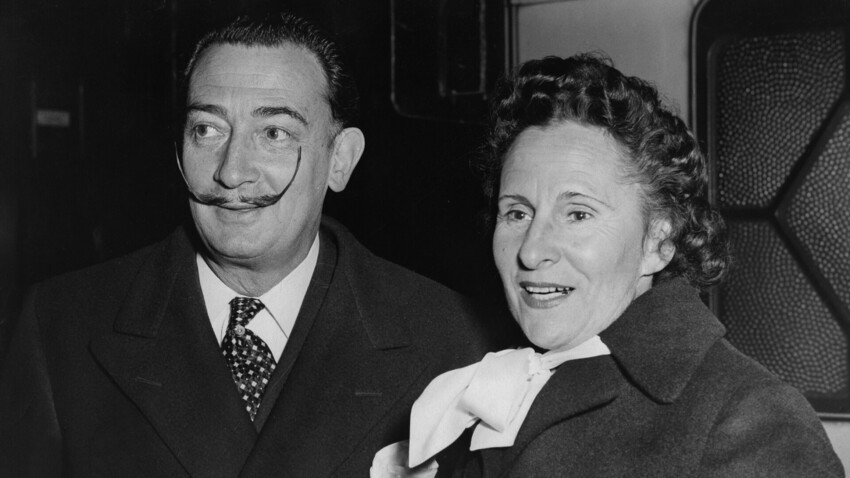
When one speaks of Gala (with the stress on the second syllable), the first thing many remember is where she came from. Dalí’s muse was a Russian girl who grew up in Moscow. Her real name was Elena Gomberg-Dyakonova; she was born in Kazan in 1894 and, later, moved with her family to the capital.
At the age of 18, Elena came down with tuberculosis and her family (who were quite wealthy) sent her to the Swiss ‘Clavadel’ sanatorium to improve her condition. It was there that she met the surrealist poet Paul Éluard, who gave her the pseudonym ‘Gala’. Translated from French, it means “holiday”. Gala became an inspiration for Paul, as well as the main addressee of his love poetry.
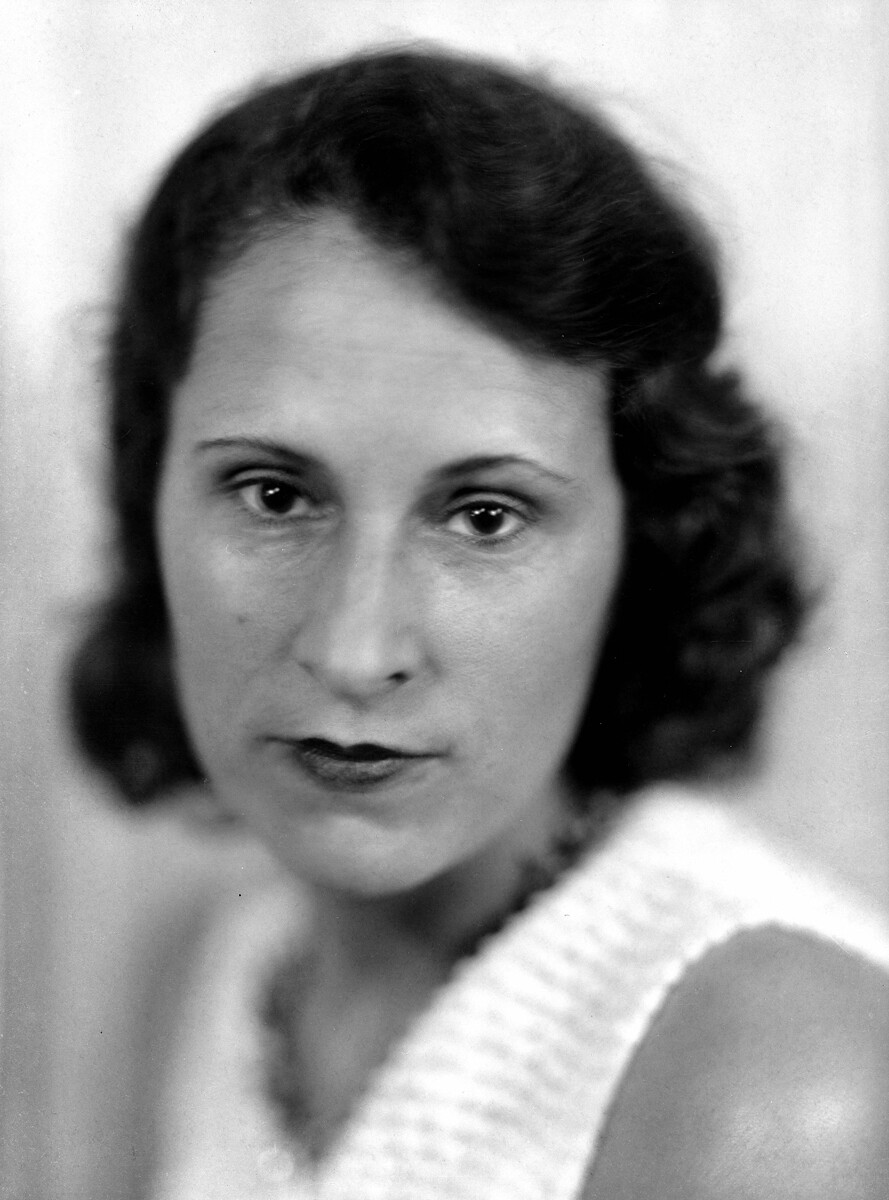
Subsequently, Gala and Paul got married and, in 1918, they had a daughter named Cecile. Their married life lasted a little more than 12 years. The marriage was open: both partners had lovers on the side and did not hide this. Gala’s most famous lover at that time was famous artist Max Ernst, who, at some point, even shared a house with her and Éluard.
Gala met Salvador Dalí quite unexpectedly. In 1929, Éluard and Gala paid a visit to the young Catalan artist. Gala was amazed and, at the same time, terribly annoyed.
“She was surprised by the neatness of my reasoning and, immediately, under a plane tree, she confessed that she took me for a nasty and unbearable type, because of my lacquered hair, which gave me the appearance of a professional Argentinian tango dancer,” is how Dalí himself recalled their first meeting in his autobiography ‘Secret Life’.
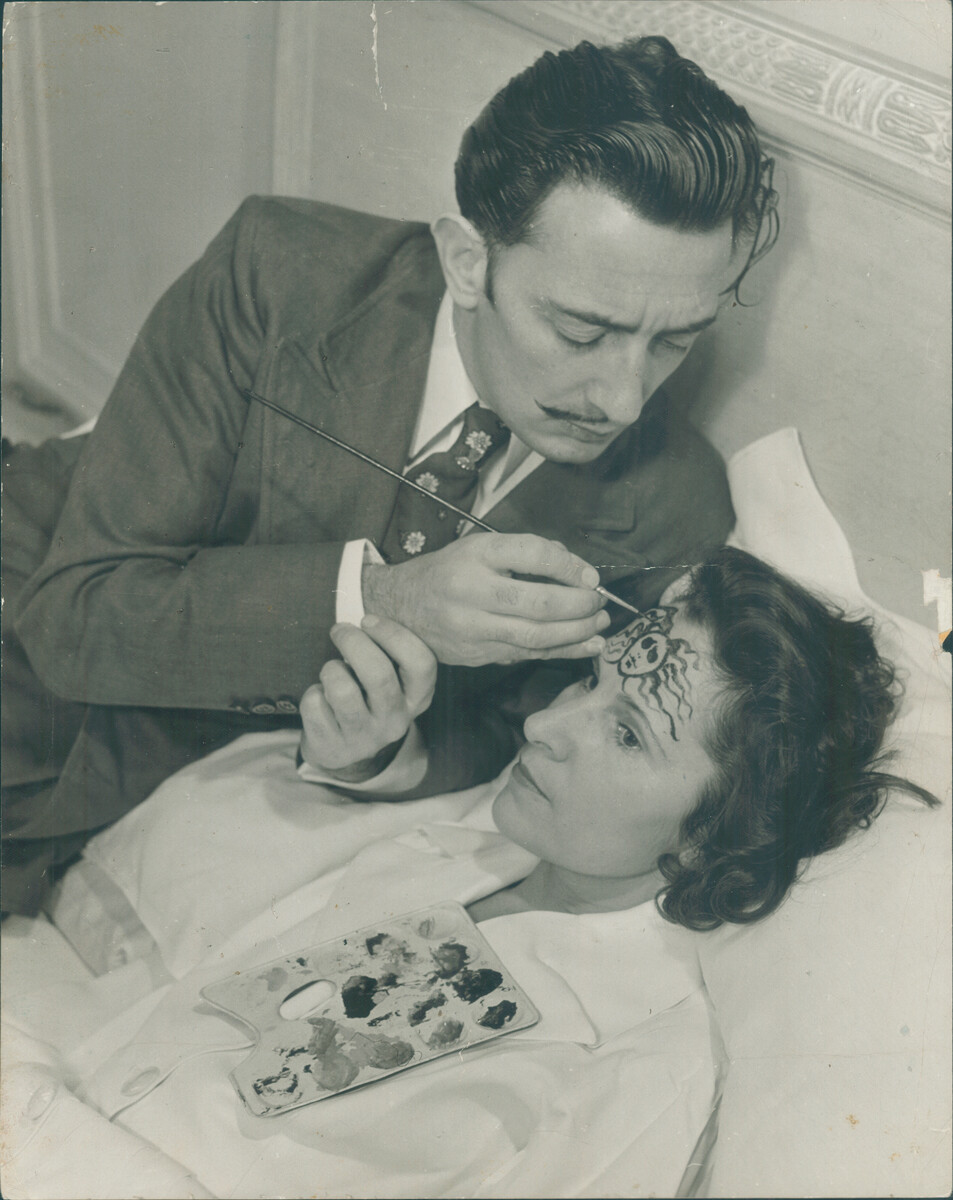
The meeting turned out to be fateful, however, as Gala and Dalí fell in love with each other. Soon after that, Gala divorced Éluard, leaving their daughter in his custody (she never felt love for her and, even on her deathbed, Gala refused to say goodbye to Cecile).
At first, Gala and Dalí led a very poor life. Dalí’s father deprived him of any money, due to his eccentric antics, and, as for his obscure paintings, no one was buying them.
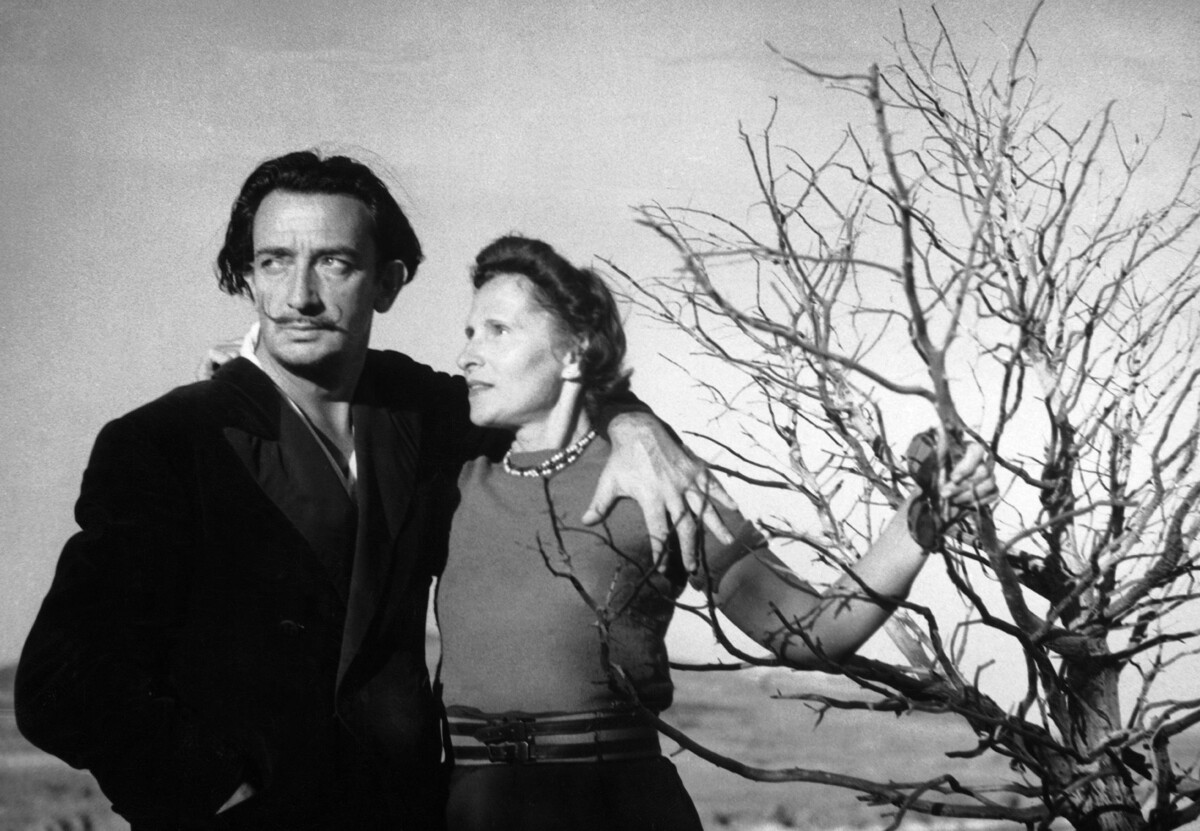
However, Gala, having seen Dalí’s talent, immediately began to pound the thresholds of galleries, requesting to take her lover’s works. She had experience in it: she was a qualified producer and art agent and it helped her promote Dalí’s works to such a high level, that it almost instantly brought him international recognition.
In their duo, she was a rational part, a counterbalance to the unbridled talent and the artist’s eccentric nature: “In the morning, Salvador makes mistakes and, later on, in the afternoon, I correct them, breaking the contracts he frivolously signed,” she once recounted.
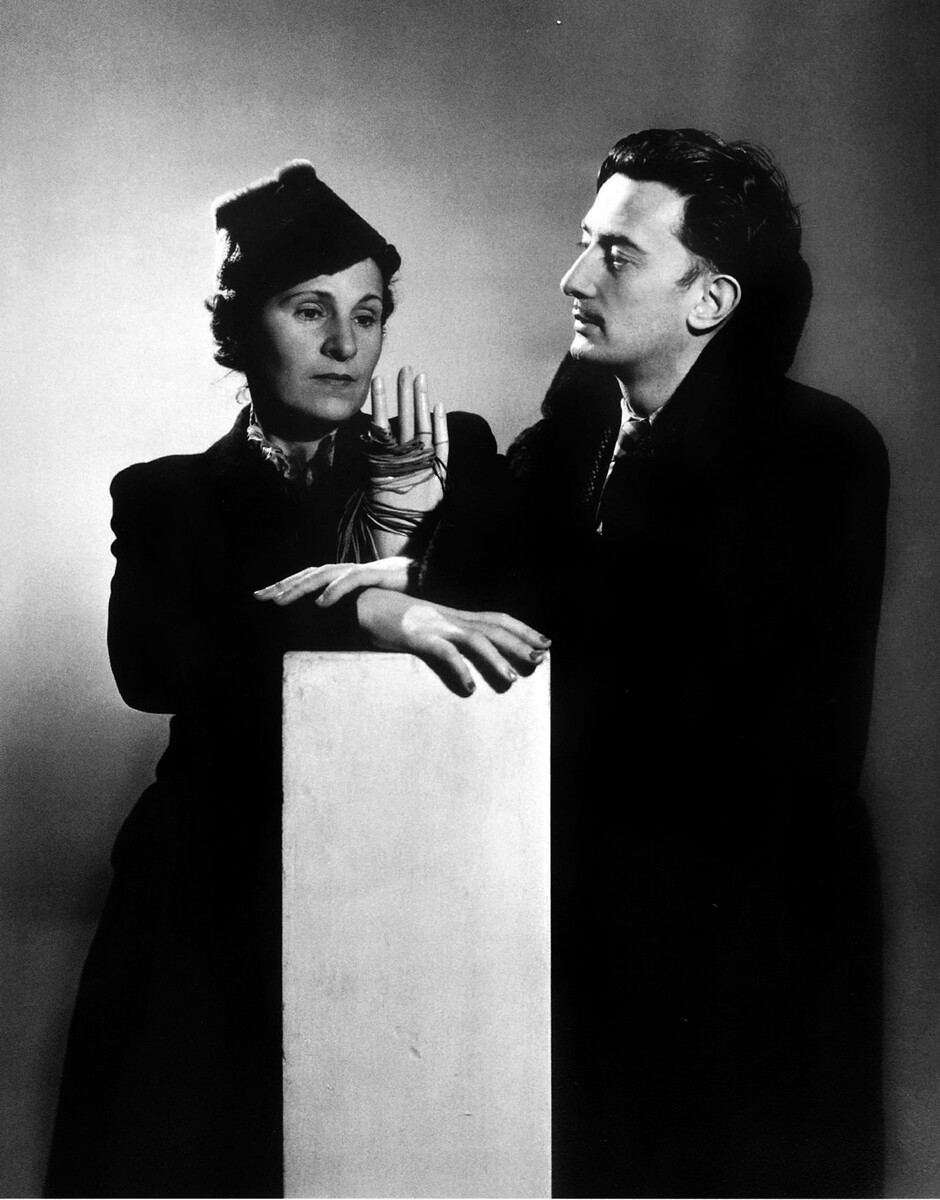
Gala was not only a financial agent for Salvador, but also an unconditional muse. She was one of the two women who he depicted in his paintings (apart from Gala, this honor was given only to Dalí’s sister, Anne-Marie). No matter how hard biographers tried to describe the wife of the great artist, he himself was the best at doing this - through pictures and words: “Her body was gentle, like that of a child. Her shoulder line - of almost perfect roundness and the muscles of the waist, visually fragile, were athletically tense, like those of a teenager. Yet, the curve of the waist was truly feminine. A graceful combination of slender, energetic torso, an hourglass waist and gentle hips made her even more desirable.”
After their official marriage in 1934, Gala and Salvador left for the United States. For her, it was not just a trip, but part of a strategy - she wanted to showcase her husband’s talent on the wealthy continent. And that’s how it actually played out. With the growing popularity of Dalí, people could not help but notice Gala, as well: she turned up holding hands with the artist at all public events. Journalists wrote about her: “She just took the defenseless and undoubtedly gifted Dalí and turned him into a multimillionaire and international star.”
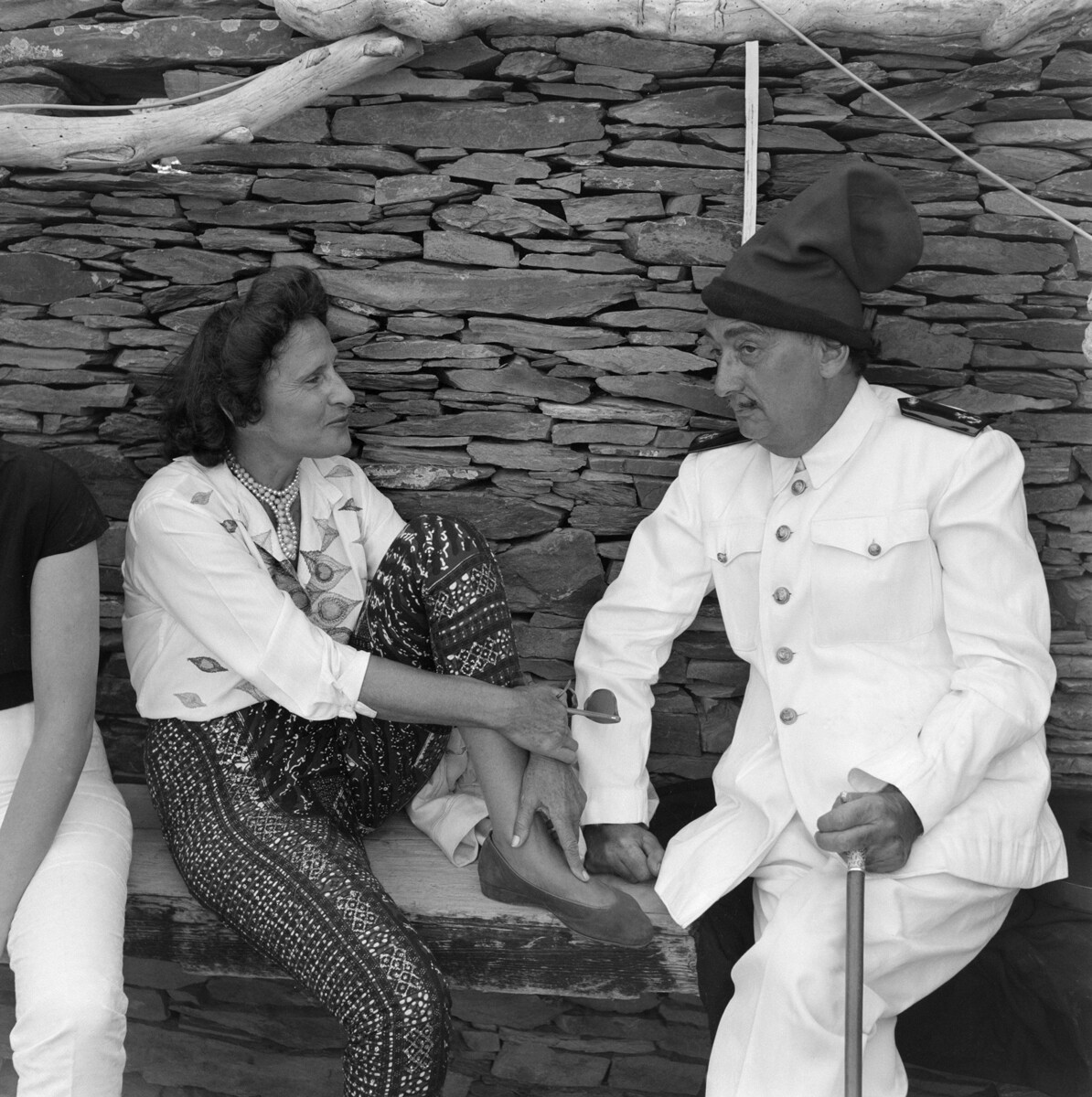
They were together for 53 years. Dalí himself described their marriage as something everyone would like to experience in their lives - “an endless honeymoon”.
Much in her marriage to Éluard, though. Gala had lovers on the side, sometimes even up to ten years younger than her. Salvador did the same and dated younger women. But, despite this, they never parted and were always one single entity - both in their work and in their personal lives.
In 1969, the generous Dalí gifted his main muse the medieval Púbol castle in the Catalan province of Girona. In a bid to impress Gala, he not only bought it, but also restored it, painting the walls himself.
Gala accepted the gift on one condition. Here’s how it was described by Dalí himself in his diaries: “Gala took my hand and suddenly said: ‘Thank you again for everything. I accept the Púbol castle, but, on one condition: you will not appear here, unless you have my written invitation’.” Salvador was flattered with such a decision by his wife, who, according to him, had sadistic traits: he actually liked it when she built an “impenetrable fortress” around her.
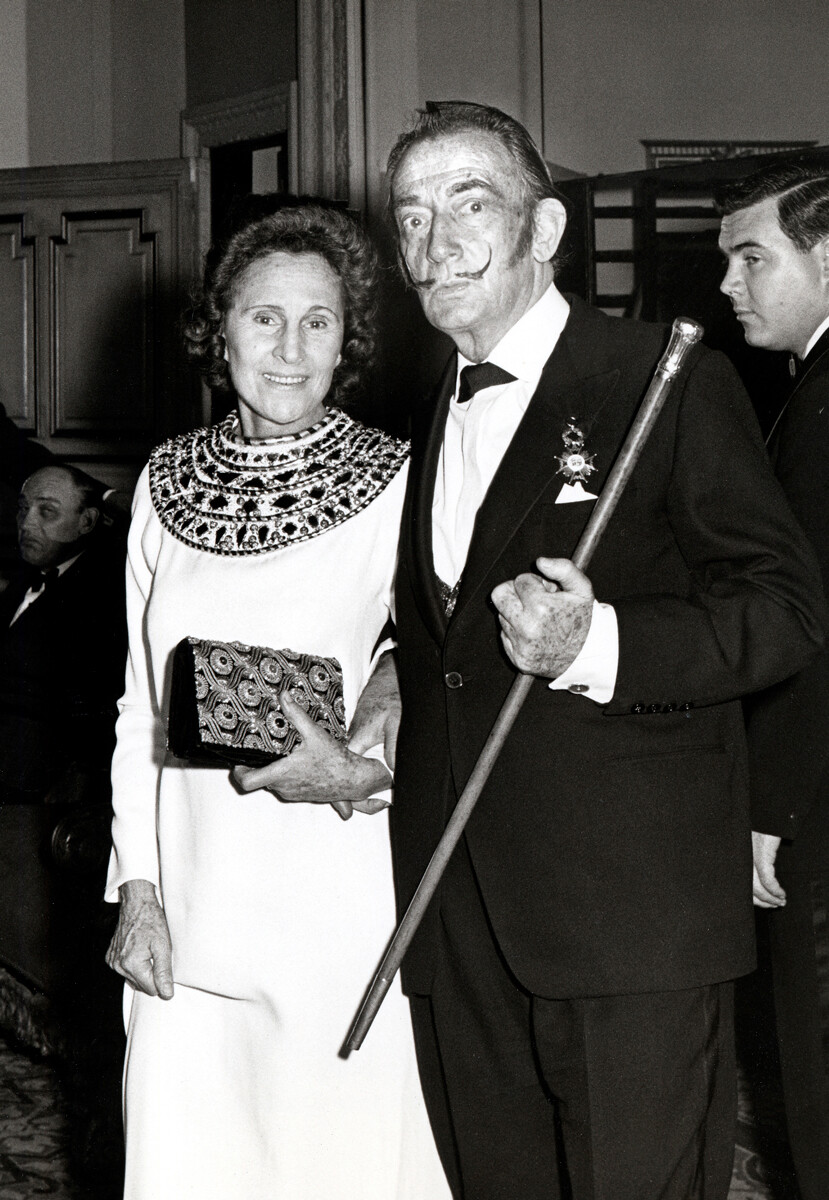
However, after Gala began to live in the castle, their passion with Dalí began to gradually cool down. Even at an old age, she continued to date men. The feeling of his own helplessness sent Dalí into despair and they began to have rows. In 1980, Dalí became seriously ill and, against this background, their former passion almost completely faded. Two years later, Gala died of a severe form of influenza: she was 88 years old.
Dalí fulfilled his wife’s last wish and buried her next to the Púbol castle, having built a vault for her there. He didn’t turn up at the farewell ceremony, but came to the grave a few hours later, when no one was no longer around. The surrealist himself died in 1989, seven years after his muse.
If using any of Russia Beyond's content, partly or in full, always provide an active hyperlink to the original material.
Subscribe
to our newsletter!
Get the week's best stories straight to your inbox